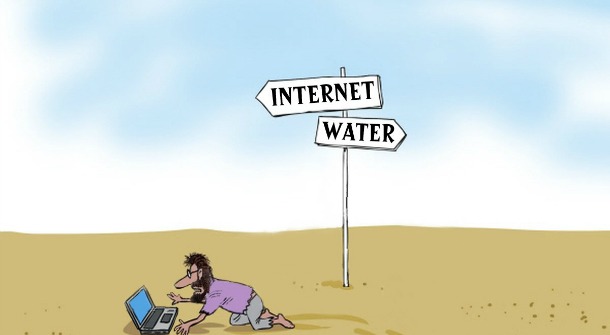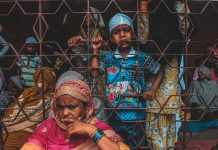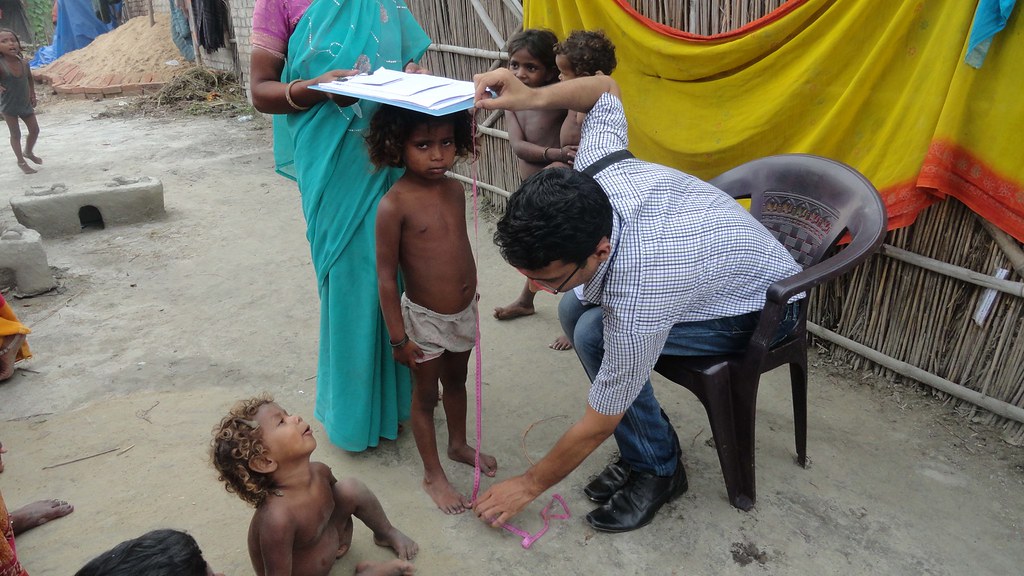The coronavirus pandemic has been among the greatest health emergencies that the world has ever seen and the article that follows tries to understand the extent to which routine health services in India have been curtailed and dysfunctional amid the coronavirus pandemic and the resultant stress that was built on an already fragile healthcare ecosystem that lacks not only infrastructure but even manpower.
The diversion of all medical resources and skilled/semi-skilled manpower of the system towards the tackling of the coronavirus pandemic meant that other key medical facilities that are routine and non-pandemic related have suffered heavily. Since a major chunk of already meagre resources were strategically turned to form a stronger COVID-19 response, facilities in the fields of critical illness care, treatment for ailments of vital organs, maternal healthcare and child immunisation drives were severely impacted.
The decline in adequate medical attention to non-COVID facilities such as the ones indicated above alongside other routine healthcare services may have improved with passing time but experts say that such lapses and negligence may have deeper implications than what we may imagine on the overall health of citizens in the nation. The ongoing pandemic is perhaps one among the most severe health crises that we have seen in recent years and that is why our already fragile and ill-equipped healthcare system and especially that which belongs to the public sector received a major blow.
With resources inadvertently directed to COVID-19 response and a lack of systematic and planned ways to keep routine services functional while tackling the pandemic, the pandemic has affected health services at all levels, from primary health centres to district hospitals and city healthcare facilities. The data collated and published by governmental bodies such as the National Health Mission is proof enough of the fact that during the early months of the lockdown, health services in the country suffered a major blow especially as far as the public healthcare system in rural areas is concerned. The data from March 2020 shows that most regular health facilities were severely curtailed amid the lockdown but after this data hadn’t been published for a long time.But now we have the data for the months of April, May and June.
While regular and routine health facilities suffered a major blow following the sudden imposition of the lockdown, the healthcare facilities in the rural areas suffered a major blow and people in rural areas were facing immense hardships in accessing healthcare and medical facilities be it immunisation, maternal health or treatments for non-COVID ailments and or other medical procedures.
Pregnant Women Go Through a Plethora of Hardships in Accessing Medical Care
One of the biggest challenges posed by the coronavirus pandemic is regarding pregnant women’s access to medical care. Reports tell us that an increasingly lesser number of women were accessing medical care during their pregnancies when the lockdown had first been imposed. This is proven by the fact that there was a routine decline in the number of institutional deliveries and fewer pregnant women came in to access testing facilities that are considered to be of critical importance for the health and wellbeing of both mother and child. Consider for example the fact that there were 580,000 lesser institutional deliveries in the month of April than there were in the month of January.
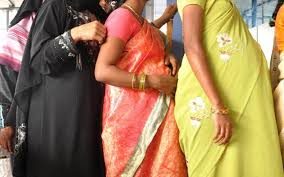
The other major healthcare fallout of the pandemic and the complete disruption of regular healthcare facilities in its aftermath, has been the lack of immunisation programs for children. We know that when immunisation is delayed or negated, it can have very long-lasting impacts for children’s health. The same report suggests that the number of people who could get access to an anti-tuberculosis vaccine in April was half of that in January and from this we can imagine the risks to which thousands of children and adults have now been exposed. The number of children who got this vaccine in April is nearly one million less than the number of children who got the vaccine in January. Vaccines aimed at eliminating the possibility of and protecting a child against ailments such as TB, Polio, Tetanus are very crucial and when we miss out on immunising children, we are risking the whole future of the country.
COVID-19 Relief is Crucial But Not at the Cost of Other Medical Facilities
The whole world is presently battling the coronavirus pandemic and grappling with the magnanimity of the crisis but what we cannot neglect is that, other critical health facilities and routine medical services cannot be allowed to suffer. But paradoxically, this has been happening and we have witnessed a rapid decrease in the number of out patients amid the coronavirus pandemic. The last few months have witnessed a sharp decline in the number of out patients by nearly 69 million. Moreover, services for cancer, renal failure or acute heart ailments were disrupted, especially at less structured and ill-equipped public health facilities.
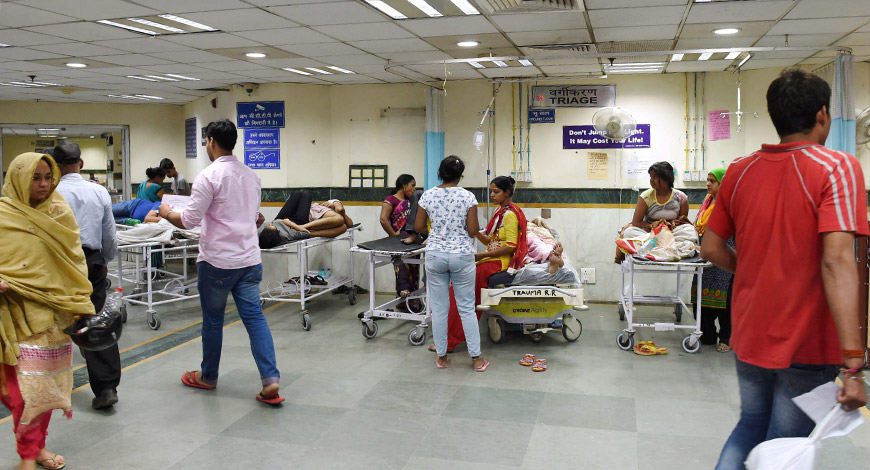
This means that since a fewer number of patients who are suffering from ailments are coming to access medical facilities amid the pandemic, they are allowing the disease to take an ever more aggressive turn and are often inviting fatalities that could have been avoided had they been able to access medical care.
Data is indicative of the fact that the number of surgeries fell as did screenings for ailments like HIV, TB etc or accessing dialysis services. It is important to note that although we are not witnessing a drastic number of non-COVID related deaths at the moment, we cannot neglect that looming crisis that is coming.
The large number of immunisations that have been missed amid the pandemic may result in higher fatality and disease rates or non-diagnosis of ailments like cancer or tuberculosis now, may expose such patients to greater health risks in the near future.
It becomes clear from the above that India’s routine healthcare services have received a major blow amid the coronavirus pandemic and people who are dependent solely on public healthcare are amongst its worst victims.
The rapid destruction in India’s regular health services and its serious implications for the people of the country underline the urgency of rethinking our COVID-19 response in a way doesn’t compromise with regular health facilities and doesn’t further weaken India’s public heath system.


